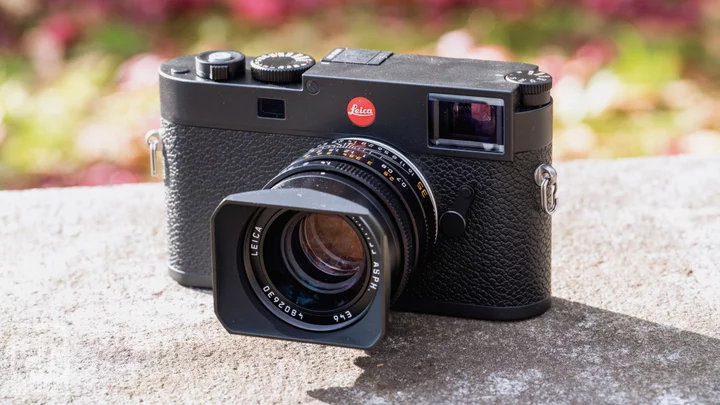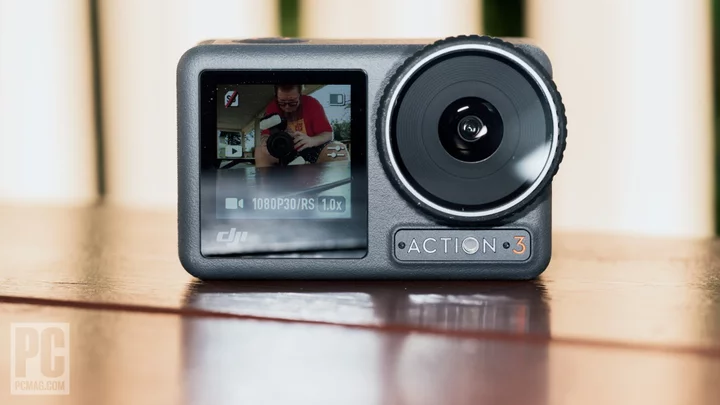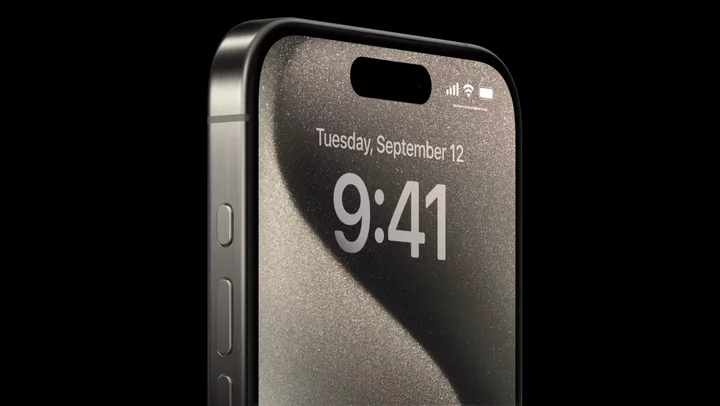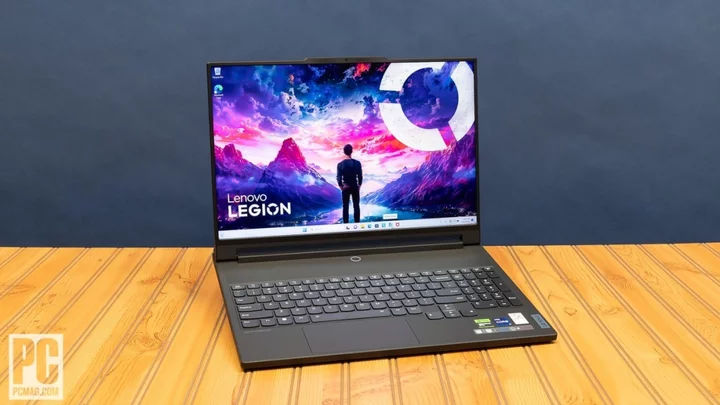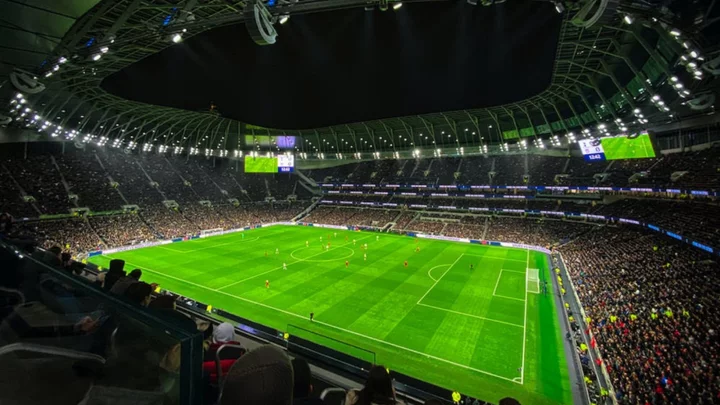Leica M cameras are legendary in the photo industry. History plays a role—the series has been in production for the better part of seven decades, and Leica's legacy goes back even further, to the very first camera to use 35mm film more than a century ago. And, with a few exceptions here and there, a modern digital Leica M11 supports both M-mount and its predecessor, Leica Thread Mount (LTM) lenses, without any sacrifices in functionality.
Leica M11 with Vintage Summicron LensA lack of in-lens electronics plays a big part. Leica lenses are purely mechanical, and although you shouldn't expect a lens from the 1950s to be as optically sublime as modern glass with exotic aspherical elements, you can expect the same experience when using them regardless of whether it's with a 35mm Leica M-A or digital M11 camera.
What Brands Make M Lenses?
Leica, Voigtlander, and Zeiss are the major brands making M lenses today. They all share German roots, though a Japanese manufacturer, Cosina, now owns the Voigtlander imprint.
A few very boutique brands have joined them in recent years. Some, like one-man shop MS Optics, concentrate on short production runs of lenses with ultra-slim designs or extra-bright apertures; these are competitive in price with those from Voigtlander and Zeiss.
Others are up-and-comers: 7artisans, Kipon, TTArtisan, and Venus Laowa are newer names to photographers, but have all released M lens designs in recent memory. Their lenses tend to be less expensive than other brands. TTArtisan, for example, sells a 50mm F0.95 lens for $755—Leica's Noctilux-M 50mm F0.95, for comparison, costs $12,495.
Can You Use M Lenses on Mirrorless EVF Cameras?
You shouldn't expect the same level of craftsmanship from a budget lens as a hand-built Leica lens, but not everyone shopping for M glass is pairing it with a rangefinder. Anyone with a mirrorless interchangeable lens camera can use M lenses with a simple adapter.
We've even seen some adapters that add autofocus to the purely manual lenses. The first-generation Techart Pro Leica M adapter is an interesting product, but is a little bit of a pain to use in practice. Its second-generation effort is more pleasing to use, and is available for more brands of mirrorless cameras; we tested the version for Nikon Z bodies.
This vintage Leica Summicron lens works with modern mirrorless cameras via an adapterNow, it's true that you can adapt pretty much any fully manual lens, but M lenses are typically smaller and lighter than those for vintage SLRs, and adapters are shorter too. These aspects, along with the Leica aesthetic, make M rangefinder lenses more desirable for use on modern digitals versus vintage SLR lenses.
Regardless of what type of camera you use, there are a wealth of M lenses to pick from, both new and old. We've highlighted some of our favorites that we've reviewed over the years here, along with some advice for shopping for vintage lenses.

